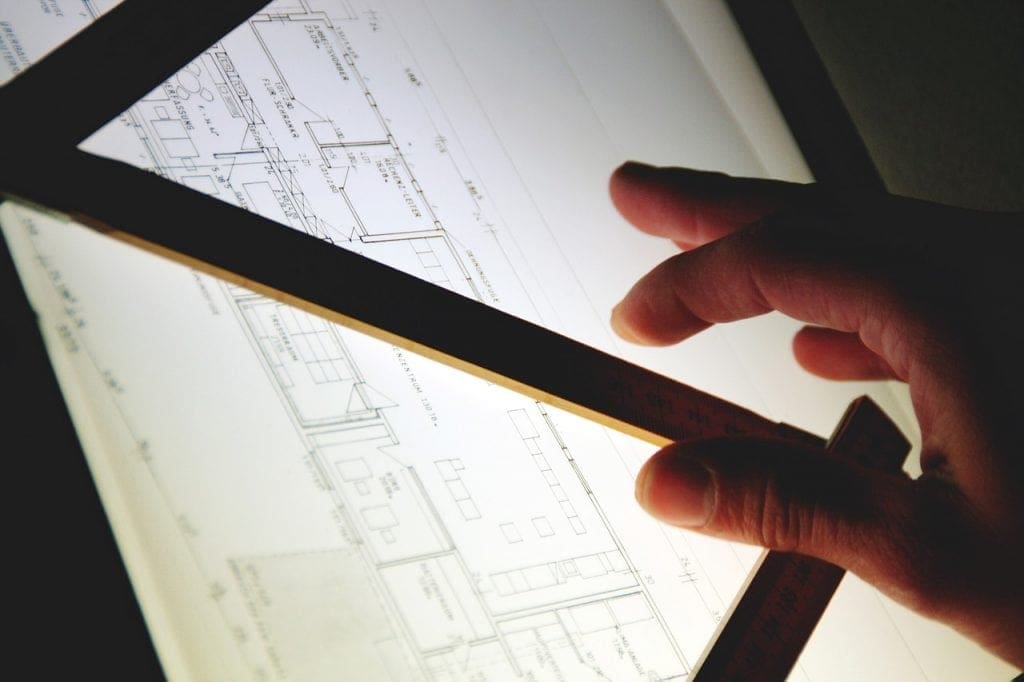What is Building Information Modeling? It is a cornerstone of the AEC sector and enables users to compile all aspects of a building. It is an intelligent three-dimensional model-based process designed for the fields of architecture, engineering, and construction (the aforementioned AEC). With it, professionals gain insight and tools to more efficiently plan, design, manage, and construct various types of infrastructures. But there is much more to BIM than just simple 3D modeling. BIM relies on information-rich data that can be accessed and worked on by multiple parties at the same time. It can save us time, money, and can provide realistic models at every step of the building’s lifecycle. It can also be used to make presentations if an opinion or two need to be changed. So, what are the reasons to implement such a process? That is the question we are going to answer in this article.
1. Time and effort
BIM allows us to gather multiple models and combine them all together for a complete picture. What that means is that each discipline like electricity, construction, plumbing, safety, etc. can work in parallel with great clarity. Chances of conflicting or downright incompatible combinations are reduced to a minimum. Along with every step of the project, each team with their own field of expertise can add their two cents. What we get as a result is a robust data set consisting of multiple models, rather than a single big file. Time and manpower equal money and it is one of the main issues with AEC. A worst-case scenario is for a project to go into its final stages only for someone to realize that there is a fatal incompatibility. It is very costly to correct such mistakes especially when the walls are already up. With BIM we have the option to automate clash detection. We can detect these incompatibilities as soon as they come up and thus not have to deal with it on-site. An ounce of prevention is worth a pound of cure.
2. Capturing reality
BIM use a wide range of advanced tools. Design, mapping, and 3D scanning are being used with increased frequency to build detailed representations of existing sites and structures. Two-dimensional designs are a thing of the past as they fail to encapsulate and immerse us into the project fully. We live in a 3-dimensional world and thus, we need an adequate model before we commit to a large project. Simulations that a BIM can provide also allow users to visualize the project in real-world situations. Different times of day, energy performance, logistics, etc. you name it. With the advent of Augmented and Virtual reality, we can be inside of our design before construction has even begun. For small or large locations, designs can be created using digital images from air using aircraft and drones. Some will go even further to say that there is a fourth dimension and they would not be wrong. Time is a very important factor when it comes to design and construction projects. 4D aware BIMs allow collaborators to see each phase of the building in great detail. Based on how things are at the present we can much more efficiently plan for its future.
3. Being ahead of the conflicts
The external appearance of a building is what we need to attract eyes and ears. Tall and large structures are usually especially intriguing to the more inquisitive people. But rarely is anyone interested in what is under the hood or walls in this case. And the larger it is, the complexity of the entire project adopts an exponential curve rather than a linear one. There is a lot that goes into a building other than concrete and armature. What makes such a project tick are features such as mechanical, electrical, plumbing, and safety, just to name a few. We can see how these systems can be exceptionally complex. Especially when we need to combine them all together. They will intersect and interact very frequently. Some might even have inconvenient synergistic effects like for example electricity and plumbing. Potentially hazardous combinations need to be taken into account to avoid material and personal damage. All of these under-the-hood features need their own physical space and are under strict regulations for meeting safety and quality standards. BIMs can be configured as such to coordinate these and other systems according to regulations to ensure no design conflicts. Once again, it is much less expensive to build the entire thing in a digital model first. Issues will be auto-flagged and later on, resolved before the first brick is laid.
4. Clear communication
In a pre-digital era, one of the biggest difficulties was communication. Whether it is between the architects and clients, or on the ground itself between different fields communication was not simple. Architects, engineers, and designers can easily forget that clients are usually not nearly as knowledgeable as they are. When showing an aging two-dimensional model, clients are seeing just some lines on a piece of paper. BIM offers the latest in flexibility when it comes to multi-level communication. We can make a much more coherent and client-oriented presentation to our customers. Something that they can easily see and understand rather than staring blankly at a piece of paper with a bunch of professional jargon. Also, the process of communication will be sped up greatly. Different areas of expertise can cooperate with unprecedented efficiency, on or off-field. Such BIMs like for example the Autodesk Software packages can further reassure us of our project’s legitimacy.
5. Energy efficiency in mind
BIM allows users to create early-stage environmental analyses. What it means, we can explore building orientation, energy consumption and efficiency, and daylight. It allows us to build with sustainability in mind. Under more traditional processes we would have to make these analyses after the fact. Which in turn would make the entire project much more expensive and logistically problematic. With it, we can look at energy efficiency, waste management, water management, and so much more. Not to mention that any issues that might arise will not mean that the entire project is set back. Changes can be made quickly and easily with everyone being immediately aware of it. A paper-free AEC project is a great opportunity to take, now that we have cloud computing. Which takes us to our next point that BIM can also be taken with us on the go. We can access all the information these systems provide on any device, thanks to the multi-platform features. All that we need is found in a detailed database that all involved parties have access to. Whether we are giving our client the rundown, or just checking up on the project, coordination is much easier.
These are just some of the benefits BIM can offer us. These very complex systems are designed to give us an edge in a complex market that will only get even more complicated. Variables that we have to take into account these days are many and keeping track of all of them is nigh impossible. Now that we see what BIM can do for us, we can start implementing it in our design, planning, and building processes.
Image credits: Image credits





